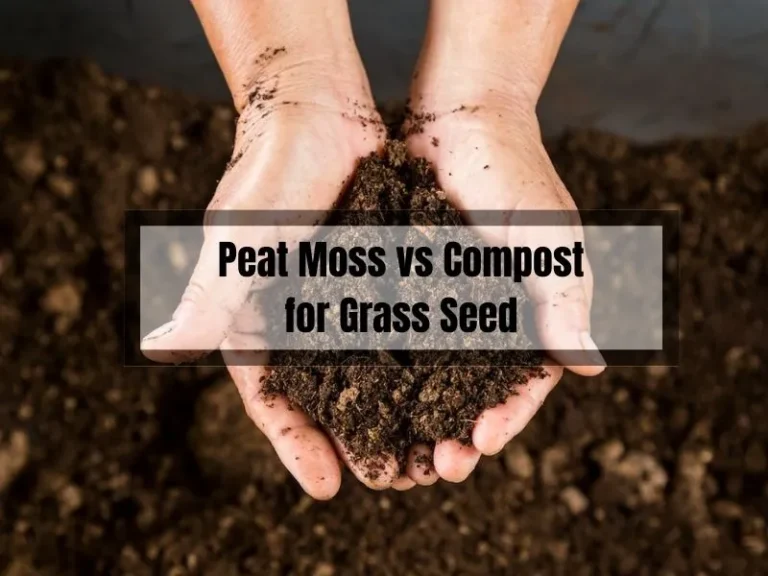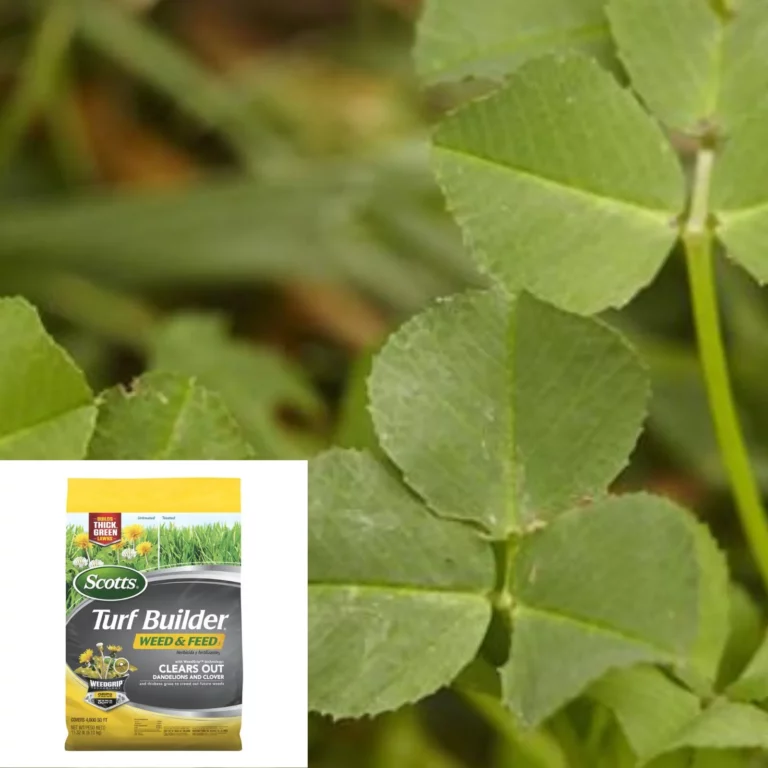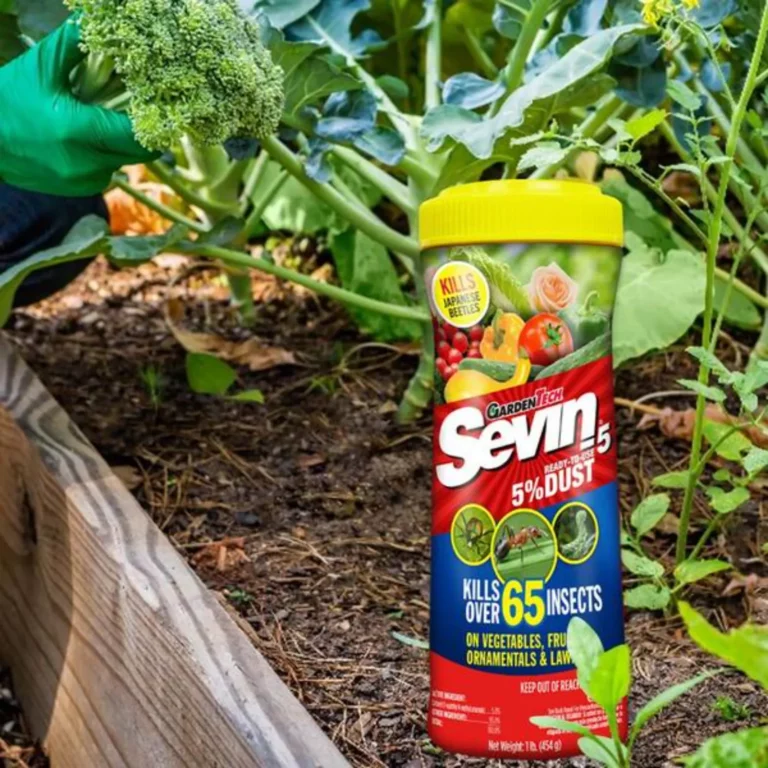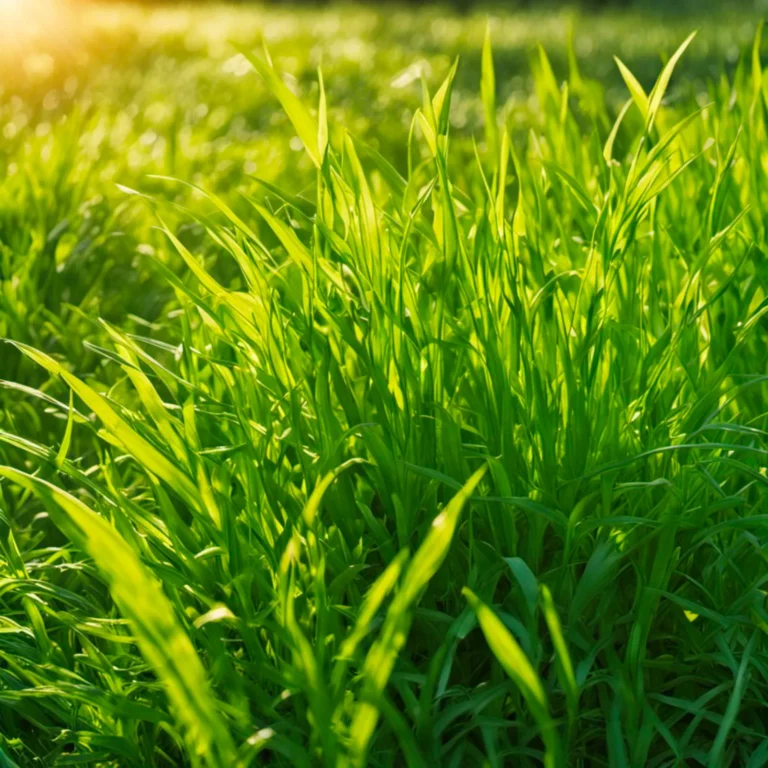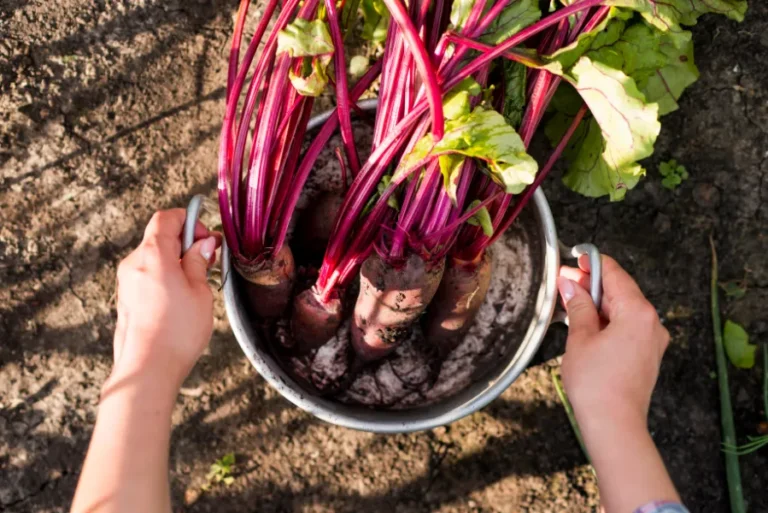Discover the ‘No-Outside-Tap’ Garden Watering Hacks: 5 Smart Solutions
Looking to water your garden without an outside tap? In this article, we’ll explore various techniques and alternative water sources for maintaining a thriving garden.
One simple method is using a watering can, ideal for small gardens and container plants. Fill it from an indoor tap or a rainwater harvesting system. Alternatively, consider a hose attachment that connects to your kitchen or bathroom faucet, designed for standard faucets and easy attachment.
Effective watering involves deep, infrequent sessions, promoting deeper root growth and drought resilience. Mulching around your plants retains soil moisture and reduces weed growth. We’ll also discuss alternative water sources and additional garden watering advice to help you maintain a healthy garden.
Key Takeaways
- There are several ways to water your garden without an outside tap, including using a watering can or hose attachment.
- Water your plants deeply and infrequently to encourage deep root growth and resilience to drought.
- Consider alternative water sources like rainwater harvesting and graywater systems, and use mulch to retain moisture in the soil and reduce weed growth.

How to Water Garden Without Outside Tap
Watering your garden is essential for the growth and survival of your plants. But what if you don’t have an outside tap?
Don’t worry, there are several ways to water your garden without one. In this section, we will explore some creative and easy solutions for watering a garden without needing an outside tap.
1. Use a Watering Can
One of the simplest ways to water your garden without an outside tap is by using a watering can. This method is ideal for small gardens and container plants.
You can fill up the watering can from a nearby indoor tap or rainwater harvesting system. Make sure to water your plants thoroughly, but avoid overwatering them. Overwatering can lead to root rot and other plant diseases.
2. Collect and Reuse Water
You can collect and reuse water from various sources to water your garden. For example, you can collect rainwater in a barrel or bucket and use it to water your plants.
You can also collect water from activities like washing your hands or doing the dishes and use it to water your garden. This is called greywater, and it’s a great way to save water and reduce your water bill.
3. Use a Hose and Nozzle Attachment
Using a plain garden hose (with or without a spray nozzle) is a classic way to water your garden. Some nozzle attachments have multiple settings, including:
- Soaker – this setting allows you to water without using a strong spray of water (so you can avoid washing away dirt and exposing the roots of plants).
- Shower – this setting provides a gentle rain-like spray that’s perfect for watering delicate plants.
- Jet – this setting provides a strong, direct spray that’s great for cleaning tools or washing off patios.
4. Use Drip Irrigation
Drip irrigation is a great way to water your garden without an outside tap. It involves setting up a system of tubes and emitters that deliver water directly to the roots of your plants.
There are two types of drip irrigation: automated and manual. Automated systems use a timer to deliver water at specific times, while manual systems require you to turn the water on and off manually. Drip irrigation is a great way to save water and ensure your plants get the right amount of water they need.
5. Use a Solar-Powered Pump
If you have access to sunlight, you can use a solar-powered pump to bring water from a nearby source (like a river or lake) to your garden.
This is a great option if you live in a remote area or if you want to reduce your reliance on municipal water. Solar-powered pumps are easy to install and maintain, and they can provide a reliable source of water for your garden.
Watering Techniques
When it comes to watering your garden without an outside tap, there are a few techniques you can use to get the job done. In this section, we’ll explore three popular methods: drip irrigation, soaker hoses, and bottle irrigation.
Drip Irrigation
Drip irrigation is a great option for watering your garden without an outside tap. It involves setting up a system of tubes and emitters that deliver water directly to the roots of your plants. This method is very efficient, as it minimizes water waste and ensures that your plants get the water they need.
To set up a drip irrigation system, you’ll need to purchase some tubing, emitters, and connectors. You’ll also need a water source, which could be a nearby faucet or rain barrel. Once you have all of your materials, you can start assembling your system.
Here are the basic steps:
- Lay out your tubing in your garden, making sure to position it near your plants.
- Use connectors to attach your tubing to your water source.
- Install emitters at the base of each plant.
- Turn on your water source and adjust the flow rate as needed.
With a drip irrigation system, you can water your garden efficiently and effectively, without the need for an outside tap.
Soaker Hoses
Another option for watering your garden without an outside tap is to use soaker hoses. Soaker hoses are made of porous material that allows water to seep out slowly and evenly. This method is very effective at delivering water directly to the roots of your plants, while minimizing water waste.
To use soaker hoses, you’ll need to lay them out in your garden, making sure to position them near your plants. You can then connect them to a nearby faucet or rain barrel using a hose connector. Once you turn on the water, the hoses will slowly release water into the soil, delivering it directly to the roots of your plants.
Soaker hoses are a great option for gardeners who want to conserve water and ensure that their plants get the moisture they need.
Bottle Irrigation
If you’re looking for a low-tech solution for watering your garden without an outside tap, you might consider bottle irrigation. This method involves using plastic bottles to deliver water directly to the roots of your plants.
To use bottle irrigation, you’ll need to fill a plastic bottle with water, then poke a small hole in the cap. You can then bury the bottle in the soil near your plant, making sure that the hole is positioned near the roots. As the soil dries out, water will slowly seep out of the bottle and into the soil, providing your plant with the moisture it needs.
Bottle irrigation is a great option for gardeners who want to conserve water and don’t mind a bit of manual labor. It’s also a good choice for container gardens, where traditional watering methods may not be practical.
Alternative Water Sources
If you don’t have an outside tap, don’t worry! There are plenty of alternative water sources you can use to keep your garden hydrated. Here are a few options:
1. Rainwater Harvesting
Rainwater harvesting is a great way to collect water for your garden. All you need is a rain barrel or two, which you can purchase at your local hardware store or online. When it rains, the water will flow into the barrel, and you can use it to water your plants later. Here are some tips for rainwater harvesting:
- Place your rain barrel under a downspout to collect as much water as possible.
- Cover your rain barrel with a mesh screen to keep out debris and mosquitoes.
- Use a watering can or drip irrigation system to distribute the water to your plants.
2. Greywater Recycling
Greywater recycling is the process of reusing water from your household for your garden. This water comes from sources like your shower, sink, or washing machine. Here are some tips for greywater recycling:
- Use biodegradable and non-toxic soaps and detergents to avoid harming your plants.
- Don’t use greywater on edible plants, as it may contain harmful bacteria.
- Use a drip irrigation system to distribute the water to your plants.
3. Indoor Water Conservation
Indoor water conservation is all about reducing the amount of water you use inside your home. By using less water, you’ll have more to use in your garden. Here are some tips for indoor water conservation:
- Fix leaks in your plumbing to prevent water waste.
- Install low-flow showerheads and faucets to reduce your water usage.
- Collect the water you use to rinse fruits and vegetables, and use it to water your plants.
By using these alternative water sources, you can keep your garden healthy and hydrated without an outside tap.
Garden Watering Tips
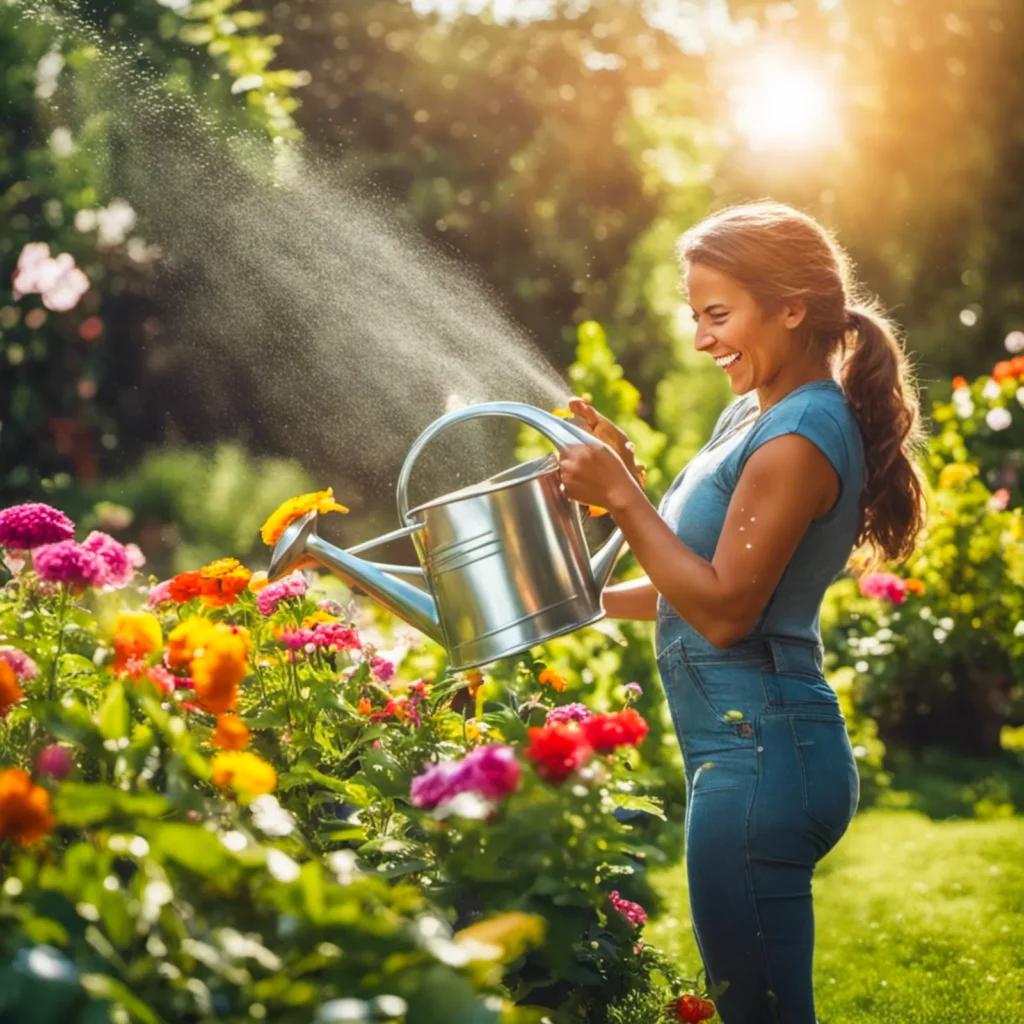
Keeping your garden hydrated is essential to ensure your plants grow healthy and strong. With water restrictions becoming more prevalent in many areas, it is important to find alternative ways to water your garden without an outside tap. Here are some garden watering tips to help you keep your plants happy and healthy.
Best Time to Water
The best time to water your garden is early in the morning or late in the evening when the temperatures are cooler. This will help prevent water from evaporating too quickly and ensure that your plants get the most out of each watering session.
Avoid watering during the middle of the day when the sun is at its strongest, as this can cause water to evaporate before it reaches the roots of your plants.
Watering Based on Plant Needs
Different plants have different watering needs, so it’s important to understand what your plants require. For example, succulents and cacti require less water than other plants, while vegetables and fruits need a consistent and steady supply of water to grow properly.
You can use a moisture meter to determine when your plants need watering, or simply check the soil with your finger. If the soil is dry to the touch, it’s time to water.
Mulching to Retain Moisture
Mulching is an effective way to retain moisture in your garden and reduce the amount of water you need to use. Mulch is a layer of organic material, such as leaves, wood chips, or straw, that is placed on top of the soil.
It helps to prevent water from evaporating too quickly and keeps the soil cool, which is especially important during hot summer months. Additionally, mulch can help to suppress weeds and improve soil health.
Remember, keeping your garden hydrated is essential to ensure your plants grow healthy and strong. By following these garden watering tips, you can keep your plants happy and healthy while conserving water.
FAQ
You might have some questions about how to water your garden without an outside tap. Here are some frequently asked questions and their answers:
What elements do you need to create a water garden, and can you do it without an outside tap?
To create a water garden, you need a pond, plants, and fish. The pond should be located in a sunny area and should be large enough to accommodate the plants and fish you plan to have.
You can create a water garden without an outside tap by collecting rainwater in a barrel or container and using it to water your plants.
How can you water your garden without an outside tap?
There are several ways to water your garden without an outside tap. You can use a watering can or pitcher to water your plants manually.
You can also use a drip irrigation kit, which will reduce water consumption while guaranteeing accurate, targeted irrigation of both pot plants and those planted out in the yard. Another option is to install a tap well out in the garden: just run a hose to the right spot and install a riser, then fix a tap to it.
How can you collect and store rainwater?
To collect and store rainwater, you can use a rain barrel or container. Place the barrel or container under a downspout or gutter to collect rainwater.
Make sure to cover the barrel or container to prevent mosquitoes from breeding in the water. You can also add a spigot to the barrel or container to make it easier to access the water.
How often should you water your garden?
The frequency of watering your garden depends on several factors, including the type of plants you have, the soil type, and the weather conditions. As a general rule, most plants need about an inch of water per week.
However, it’s important to check the soil moisture level regularly and adjust your watering schedule accordingly.
What are some tips for conserving water while watering your garden?
To conserve water while watering your garden, you can:
- Water your plants early in the morning or late in the evening when the sun is not as strong.
- Use mulch to help retain moisture in the soil.
- Aerate your soil to allow water to penetrate more easily.
- Group plants with similar water needs together.
- Use a drip irrigation system to target water where it’s needed most.
- Use a rain gauge to measure how much water your plants are receiving.

